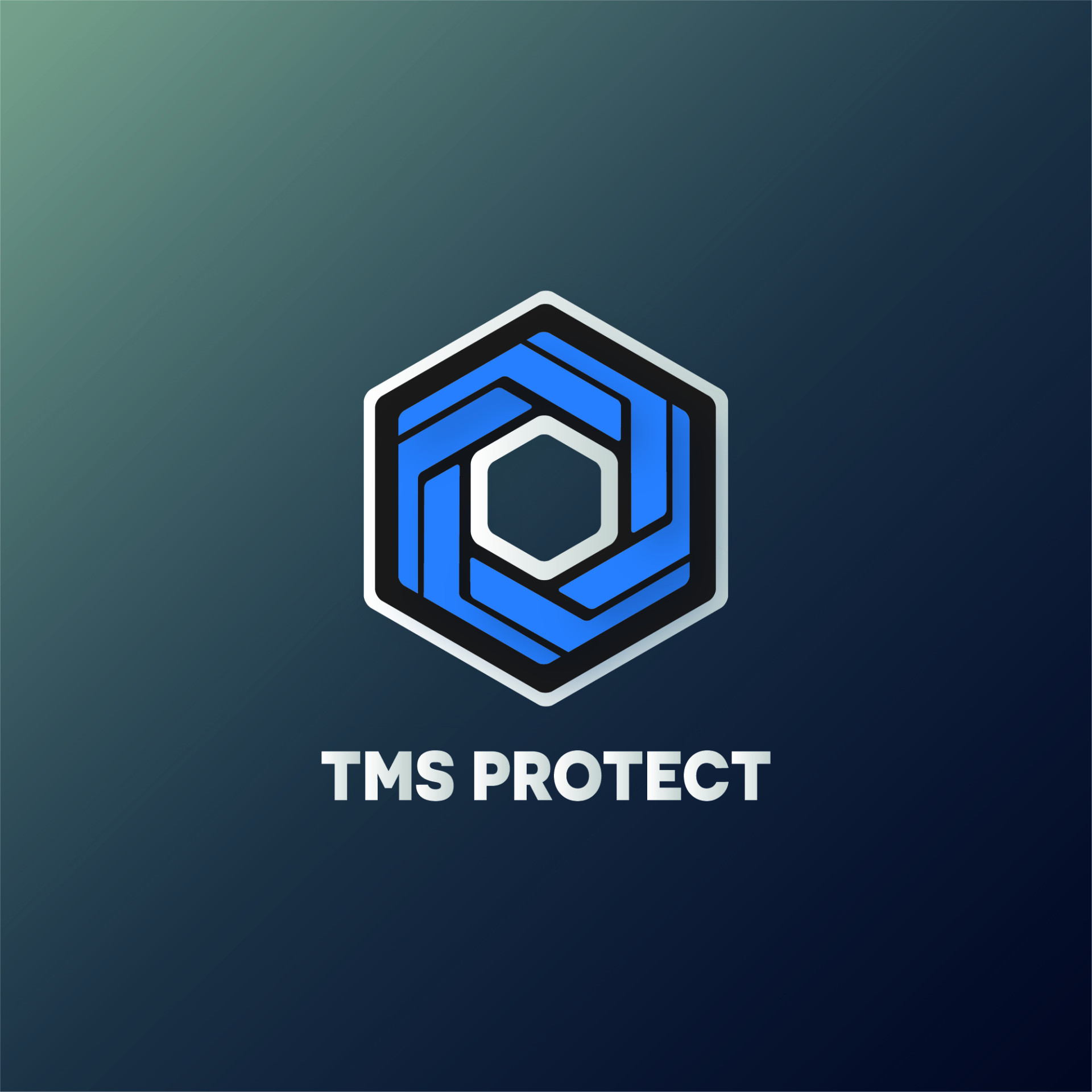COMMUNICATION
Communication and Customer Service:
Communication and customer service skills are absolutely crucial for security personnel to interact effectively with individuals, provide assistance, and maintain a positive and professional image. Here are the key components of training in communication and customer service:
Effective Communication Skills:
- Security personnel must be trained in the art of effective communication, including verbal and non-verbal communication techniques.
- Security operatives must understand the importance of active listening, clarity, and concise expression of ideas.
- security staff must adapt their communication style to different individuals and situations.
De-escalation Techniques and Conflict Resolution Strategies:
- Our security operatives are expected to use de-escalation techniques to defuse tense situations and manage conflicts calmly and professionally.
- Our security personnel should recognise and manage aggressive or challenging behaviour.
- security staff should employ conflict resolution strategies, including active listening, empathy, and problem-solving.
Customer Service Principles:
- TMS Protect introduce customer service principles and explain their importance in the security role.
- Security staff must maintain a positive and helpful demeanour when interacting with individuals.
- Security should provide prompt and accurate information, addressing concerns, and delivering excellent service.
By equipping security personnel with effective communication and customer service skills, we aim to enhance their ability to interact positively with individuals, diffuse conflicts, and provide assistance when needed. This, in turn, contributes to a safe and welcoming environment for employees and visitors.
Using Radios
Effective use of a two-way radio requires appropriate communication techniques, knowledge of radio etiquette, and familiarity with the features and functions of the specific radio model being used. Here are some guidelines for making effective use of a two-way radio:
- Become familiar with the radio: Learn about the features and functions of the radio by reading the manual. Learn how to modify the volume, change the channels, and use the call button, among other fundamental functions.
- Before transmitting, verify that you are on the correct frequency. Coordinate with other users in your group to ascertain the channel and specific codes or frequencies you will be using.
- Before speaking, listen to ensure that the channel is clear and that no one else is transmitting. Wait for a pause in the conversation or, if available, use the “monitor” function to eavesdrop in on ongoing communications.
- Use clear and concise language: Keep your radio transmissions brief, concise, and direct. Utilise standard words and phrases to accurately convey your message. Avoid using superfluous jargon or slang that may confound other users.
- Speak with clarity and composure: Articulate your words so that they are readily understood. Speak with poise and composure, avoiding hurried or mumbled speech.
- Hold the microphone or radio at a consistent distance from your mouth, usually between 1 and 2 inches. Speak directly into the microphone and avoid concealing it or speaking from a great distance away.
- Use the phonetic alphabet in situations where clarity is essential or when transcribing words (e.g., “Alpha,” “Bravo,” “Charlie”) to avoid confusion and ensure precise comprehension.
- Be considerate of others: Keep in mind that others may be using the same channel, so avoid monopolising the frequencies. Maintain concise transmissions and wait for others to complete speaking before transmitting.
- Be courteous and professional: Observe proper radio etiquette by greeting other users, saying “over” when you’re finished speaking, and “out” when the conversation is over. When appropriate, say “thank you” and refrain from interrupting others.
- When using a two-way radio in a group, adhere to all established procedures and protocols. Be attentive and responsive, and, when necessary, wait for instructions or acknowledgments from others.
- Regularly examine the battery level of your radio and replace or recharge it if necessary. Before crucial communications, you should verify the functionality of your radio to ensure that it is in good working order.
Regularly practise using your two-way radio, particularly if you are a member of an emergency response team or rely on it for vital communication. Conduct trials and training exercises to enhance your radio expertise and familiarity.
You can effectively use a two-way radio and communicate with others in your group or organisation by adhering to these guidelines.

